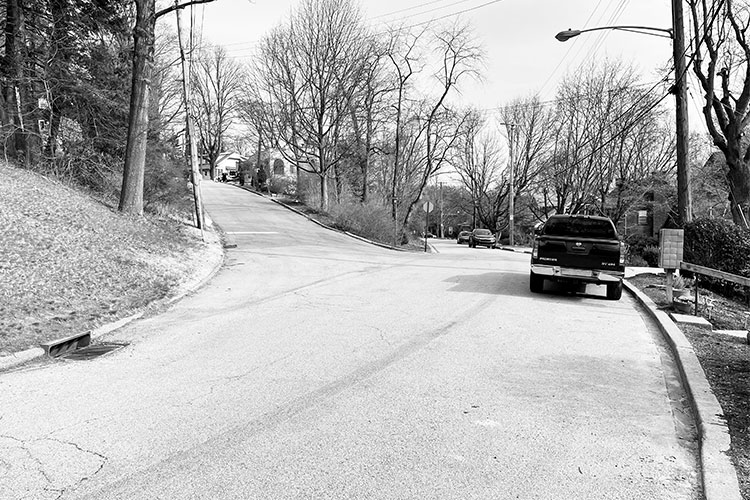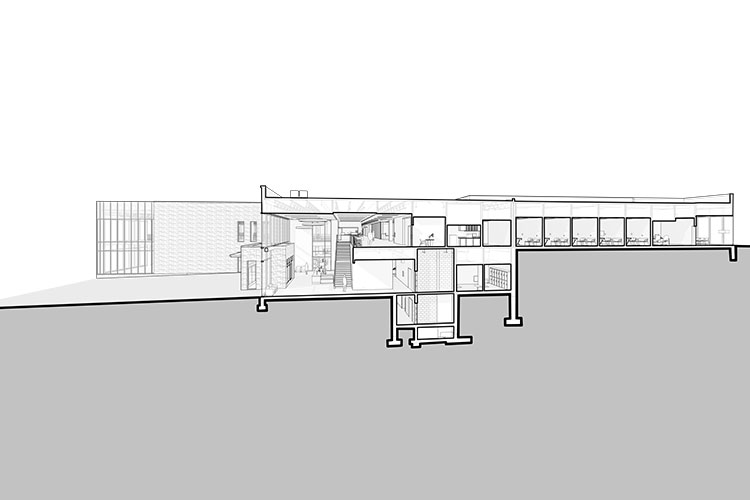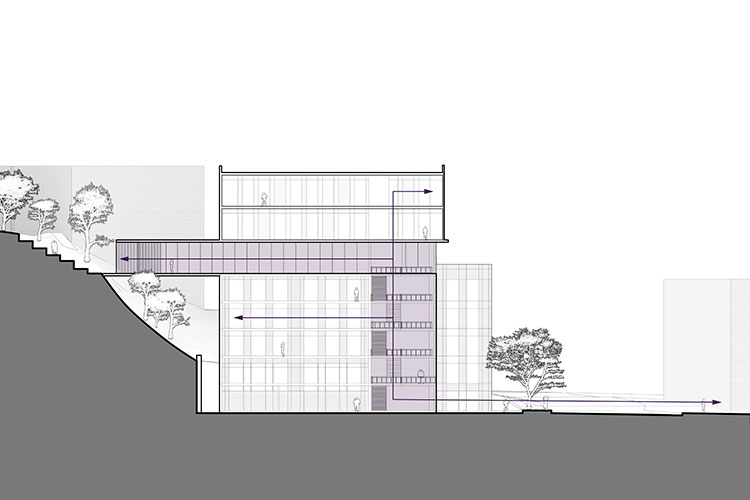John Ryan of DesignGroup’s Pittsburgh office sees the region’s unique geography as a metaphor for his, and the firm’s, design process.
By: John Ryan, AIA, LEED AP // Associate Principal, Project Architect
When I was younger, I never really understood the words of the Robert Burns ballad “Loch Lomond”:
“You take the high road and I’ll take the low road and I’ll be in Scotland afore ye.”
I grew up in the flattest part of Ohio, where all the roads run parallel or perpendicular to one another, and topographic variety is almost unknown. The idea of a high road and a low road was difficult to comprehend; even if a road in my hometown diverged, I could still see a traveler on the other road. How could one person really get to Scotland before the other?

Later in life, when I moved to Pittsburgh, I gained a new understanding of this idea. Here, the high road and the low road rarely run parallel, and they never offer the same vantage point or perspective. When a road diverges here, the two paths can lead to wildly different places. The end of a road cannot be seen; it winds around the bend, creating a sense of mystery, beckoning you to follow. Where does it lead? What will we find? If we take separate paths, when and where will we meet again?
Newcomers to the city, especially if you drive in from the north, rolling down the I-279 corridor, are often struck by Pittsburgh’s unusually varied topography. Even the iconic Steel Tower is hidden from view by the weaving hillsides until you are nearly upon downtown. The push and pull of tectonic plates from a violent geologic past resulted in steep hills surrounding the converging rivers below. There are countless spaces between the roads high and low to be explored.

This metaphor of the two roads plays out in our daily work at DesignGroup. We often don’t know where the design process will lead us. When we embark on a new design journey we have the opportunity to follow both the low and the high road – and every road in between. We may expect to follow a certain path, but at the last moment switch back, finding a new perspective, a new direction. Along the way, we celebrate the journey in all its wildness. We leave all possibilities open, following every diversion, until we reach our destination: the right solution.
Whenever I gaze upon the Pittsburgh landscape, I’m reminded of this. The two roads are actively separated by the hillside; they can provide promontories for expansive vistas or enclosed, private places for shelter. Cut and fill operations, a pale human imitation of plate tectonics, create alternate moments where the road carves into the earth, or rests upon it, leading on to its destination.

A building section can function in much the same way as a cross section of a hillside, creating alternate pathways to move through space, both horizontally and vertically, providing open areas for reflection and constricted space for movement. Even within a building, two travelers may find their way to the same destination, but by different paths. Space in section can provide a sense of tension in tight spaces and relief in open areas, both for the built form, and for our own personal narratives, played out across a set of daily actions and pathways. How we perceive one another can be changed by space and section.

The spaces we design and our process are always informed by research and analysis, balanced with contextual and historical background. Yet at some point we must follow the road around the bend to the unknown. A design process should yield unexpected results. Which leads me to a line in another poem, this time by Robert Frost:
“Two roads diverged in a yellow wood, and I took the one less traveled by.”
Let’s follow that mysterious road together.

John Ryan, AIA, LEED AP // Associate Principal, Project Architect
John practices architecture as a collaborative process, engaging with the client, user groups, stakeholders and other project partners to discover the project solution. His experience includes a range of building types, including civic, healthcare, higher education and commercial projects. Common to each of these projects is the use of design as a tool for engagement, conversation and problem solving for the entire design team. John’s interest in wellness design stems from his interests in environmental and social sustainability, and his belief that design can yield powerful results for the integration of built and natural environments, as well as strengthen the social fabric of our cities and communities.
